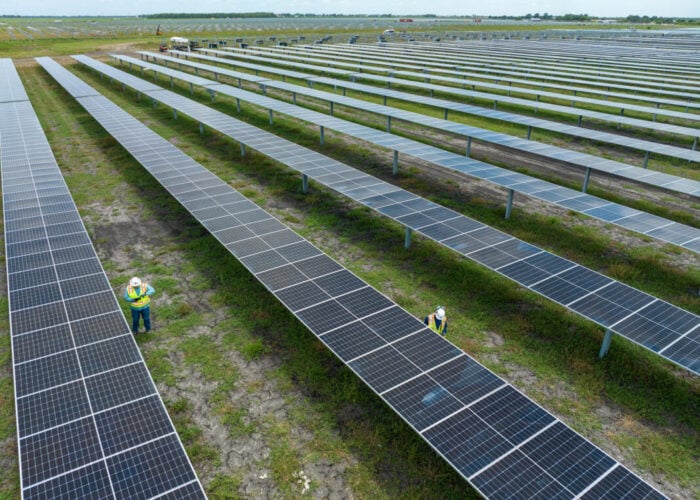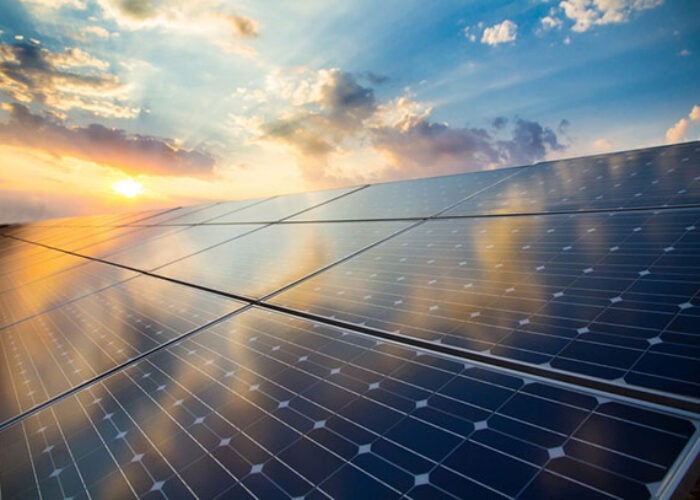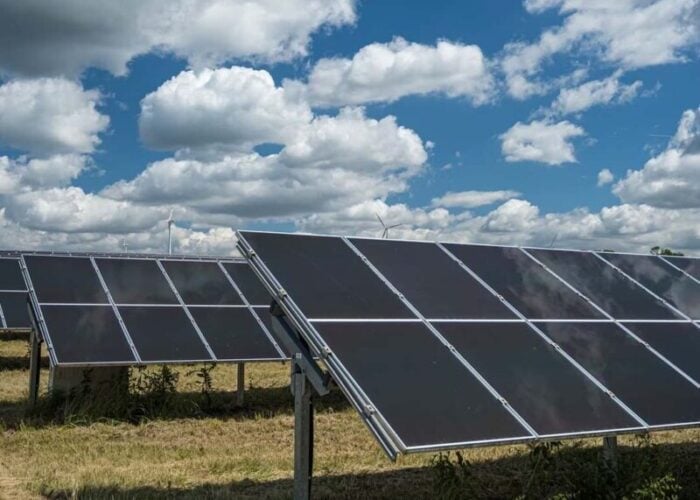The successful deployment of renewable energy, including solar, is critical for America’s future energy supply. Recently, a lease financing mechanism has been one of the most powerful drivers of solar power deployment in the US. Though solar leases have helped grow the industry, the authors contend that they come at an inflated and higher than intended cost to the US taxpayer compared to cash purchases. Further, if these inflated taxpayer costs become politicized, the industry may suffer another setback.
A press release issued by a major leasing company in October 2011 indicated leased systems have surpassed cash purchases in California, as supported by data from the California Solar Initiative (CSI). In 2008 leased residential PV systems represented ~6% of the number of installations in the market tracked by the CSI. As of April 2012 that number is now ~60% and growing. Like many other financial products that proliferate without being matched by a change in an underlying hard asset, the solar lease warrants further scrutiny.
Unlock unlimited access for 12 whole months of distinctive global analysis
Photovoltaics International is now included.
- Regular insight and analysis of the industry’s biggest developments
- In-depth interviews with the industry’s leading figures
- Unlimited digital access to the PV Tech Power journal catalogue
- Unlimited digital access to the Photovoltaics International journal catalogue
- Access to more than 1,000 technical papers
- Discounts on Solar Media’s portfolio of events, in-person and virtual
Counter to normal business logic, profit in the solar leasing model is driven in part by higher costs (and not higher production), as far as permitted by regulation. The authors contend that solar lessors exaggerate costs to inflate tax benefits. The solar lessors profit by syndicating these tax benefits to large corporations or banks to decrease their tax liabilities. This is achieved by carefully manipulating lease structures to avoid triggering certain IRS rules and the application of certain Generally Accepted Accounting Principles. This blog will attempt to explain the accounting structures and finally an analysis of the ultimate cost to the taxpayer of this financial frenzy.
As the full-length article, to appear in the next edition of Solar Business Focus, will show in more detail, the US taxpayer may over time pay for the entire system in lost tax revenue and dubious tax credits. We seek to explain the structures used and the resulting costs to the taxpayer as clearly as possible. We base our analysis largely on the financial structures described in a patent filed by a major California-based leasing company.
For bookkeeping purposes under Fair Accounting Standards Board (FASB) and Generally Accepted Accounting Principles (GAAP) rules, a solar lease must be structured as an “operating lease,” and must avoid characteristics that would trigger a “capital lease” designation. The FASB/GAAP treatment primarily applies to businesses seeking off-balance sheet financing, a controversial accounting method. In order to qualify as an operating lease and not a capital lease (also known as a financing lease, which would appear as a liability), the following requirements apply:
1. The lease payments under contract must not exceed 90% of the fair market value of the equipment;
2. The term must be less than 75% of the useful life of the PV system;
3. Ownership must not default to the lessee (typically the host of the PV system) at the end of the lease term and;
4. The buyout price must be about fair market value – no US$1 basement buyout price. As the referenced patent reads: “…customers are given fair market value buyout options, which are priced so that they would not fail one of the capital lease tests.”
The manipulation of these rules is a controversial tax tactic used in other capital intensive industries, such as airlines. Simply put, an operating lease appears in a company’s income statement as an operating expense. This lets the lessee/host take on the liability of the lease without the lease affecting its balance sheet, which would reduce its book value and leveragable assets.
Solar leasing companies use IRS and Treasury rules in order to make every installation as valuable a tax asset as possible. A key method for achieving this goal is to structure leases as a true lease rather than a tax-oriented lease. As a true lease, SolarLease Co. and SunFund, our hypothetical lease originators and finance backers, are owners of the financial attributes of the system, and are able to collect depreciation benefits a residential system purchased with cash is ineligible to collect. The financial attributes of a system are created through three key levers:
1. For Ms. Cali, a hypothetical homeowner, – paying for the lease via a tax deductible home equity line of credit. The tax deduction is an effective subsidization.
2. For SolarLease Co. and SunFund, inflating the total installed cost of the project generates
a. The largest investment tax credit possible
b. A higher depreciable tax basis
The most recent eligible cost basis was issued in the Treasury’s Fair Market Value Assessment, set as of the first quarter of 2011, according to the schedule in Table 1.
Most solar professionals would agree that +/- US$7.00/w is out of line with current market realities.
To a homeowner paying for a system in cash, the installed cost dictates the long-term net present values and rates of return, which are the fundamental metrics used to determine whether to purchase a PV system. On the other hand, if a homeowner receives a flat monthly lease rate, she probably doesn’t care what the cost benchmarks and rules are for tax treatment. This is part of the appeal.
One of the largest leasing company’s average reported cost under the California Solar Initiative for residential projects installed in 2011 was US$7.91/Wp. Another large leasing provider in California reported an average cost of US$8.28/Wp. This compares to the first company’s average cash, non-third-party owned system, cost of US$6.40/Wp. Meanwhile, many firms install residential projects on a cash basis for a cost of US$4-5/Wp. Property owners who have purchased and installed their own PV systems reported an average installed cost of US$4.56/Wp in 2011.
To get a handle on what these three levers cost the US taxpayer; let’s take the 2kW, US$15k system described in the referenced patent. Assume, as documented in the patent, that the lease payments of US$100/month are paid for by an interest-only home equity loan. Assuming a 5% discount rate, the US$33/month over 20 years results in a present value of avoided taxes due of US$5,021.
For SolarLease Co. and SunFund, the total value of the depreciation benefit, assuming a 5% discount rate and 35% corporate tax rate, is about US$2,718.Provided the 30% investment tax credit is taken and used in the year one (it must be fully used within five years). With a 5% discount rate, the present value of the credit is US$2,857. The full-length article will describe these costs in greater detail.
Summing up the above, (which is based on the patent, and very basic economic logic) the total present value cost to American taxpayer is US$10,600, or greater than the total estimated cost of the system. Excluding the tax breaks from Ms. Cali’s HELOC (which are difficult to predict or pinpoint), the lost taxes to the Treasury are US$5,575 – greater than half the total (perhaps inflated) cost of the system. 82% of this is realized in year one. Thus the taxpayer picks up 46% of the total present value of the system cost in the first year alone, excluding any HELOC tax breaks, or any costs picked up by tax or ratepayers such as SRECs, rebates, FITs, and other tax abatements.
Though solar leasing has aided the growth of the US solar industry, the authors believe this financial product could negatively affect the industry in the long-term. The Solyndra, Abound, Evergreen Solar and Energy Conversion Devices bankruptcies dramatically decreased the appetite for risky government subsidization of green energy manufacturing. If the inflated taxpayer cost of the solar leasing product – and the companies that ultimate benefit from its sharp growth – become widely understood, the result may be another setback in the public acceptance of government assisted green energy development.
This is an abridged version of a full article that will be published in the upcoming edition of the Solar Business Focus publication. You can download the full article prior to the magazine's publication by clicking here.







